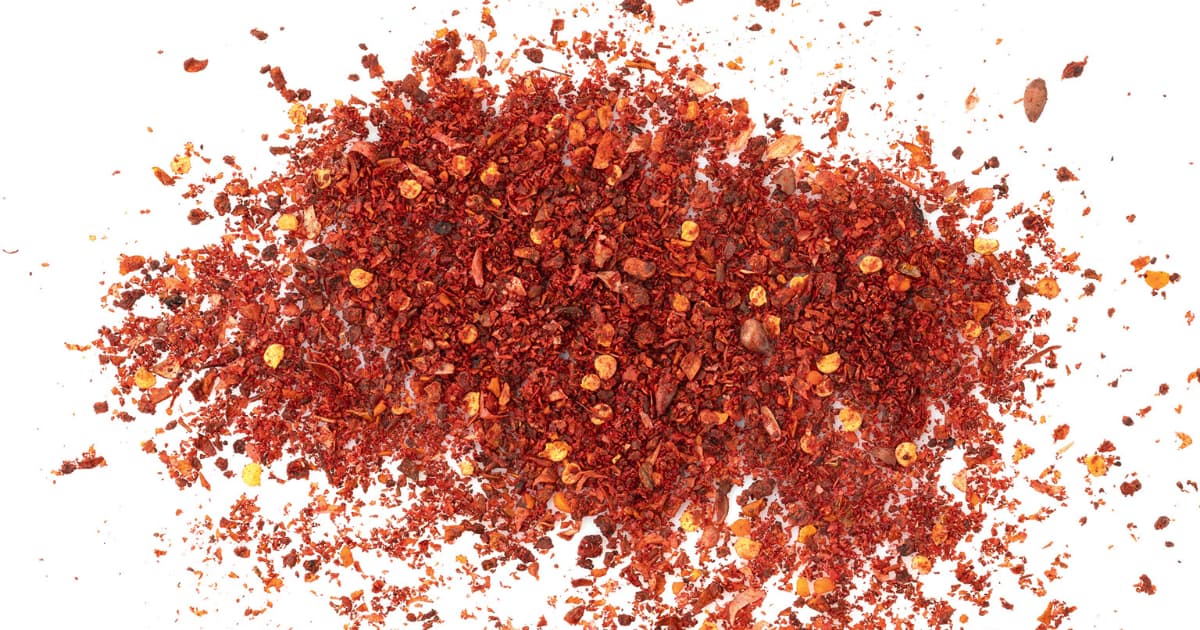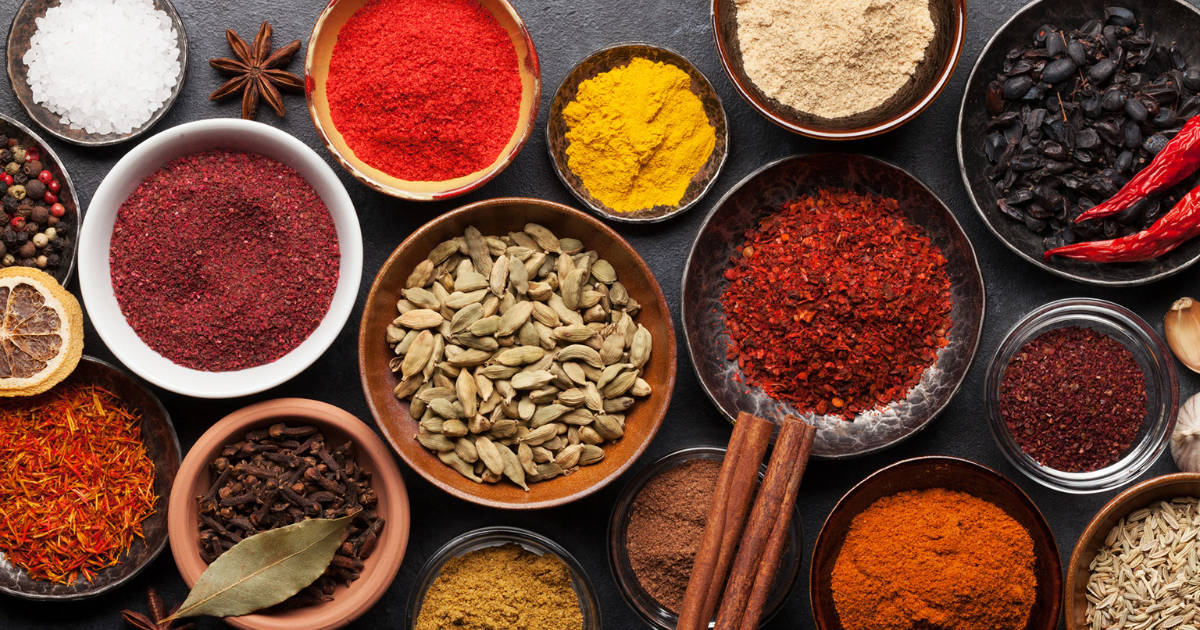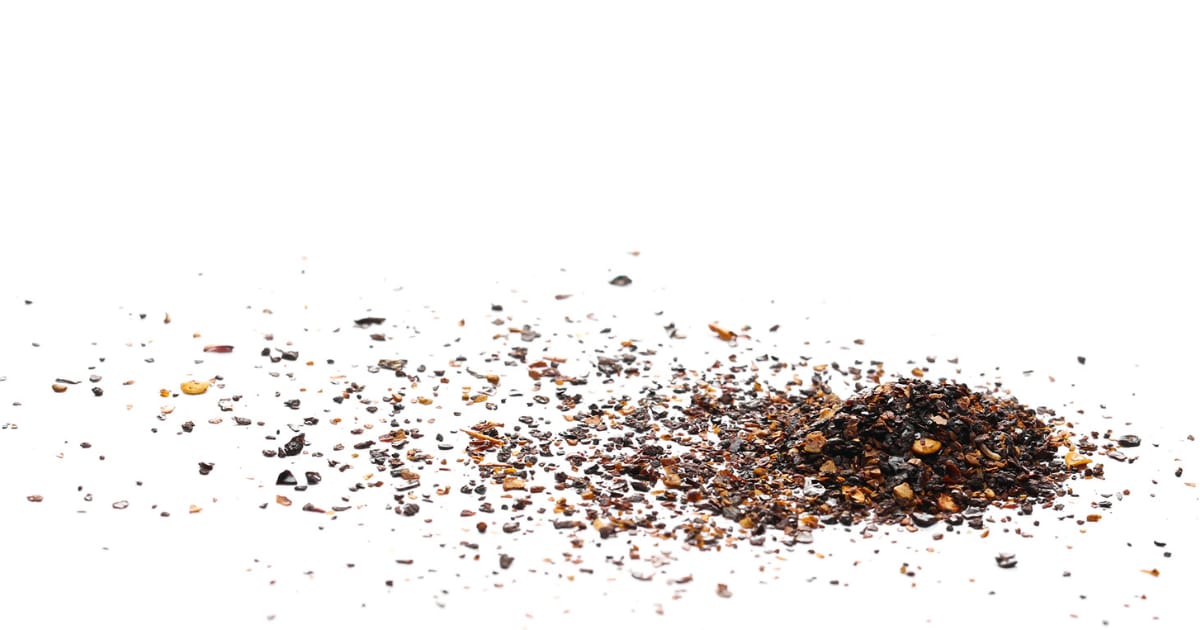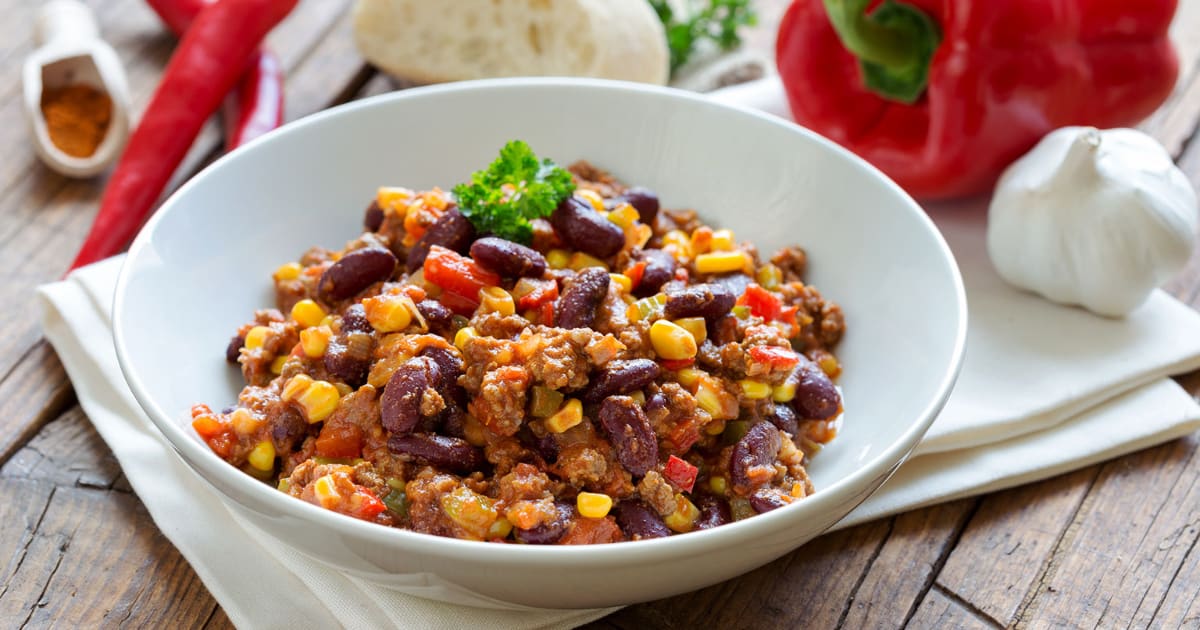Chili powder is a spice blend made from ground-dried chilies. It is a versatile seasoning used in many cuisines to add heat and robust flavor to dishes. Most commercial chili powders include a blend of different types of dried chilies, along with other spices and seasonings. When you use chili powder, you're actually using a mix of ingredients that create a complex flavor profile.

Chili powders can vary in spiciness, depending on the types of chilies used. Some common types of chilies found in chili powder blends include ancho, chipotle, New Mexico, cayenne, and arbol. The combination of chilies determines the overall heat level and flavor nuances. Chili powders made with hot chilies like cayenne will be fiery and intense, while blends with more mild chilies will have a lower Scoville rating.
Along with ground chilies, most commercial chili powder blends contain spices like cumin, oregano, garlic powder, and salt. This enhances the overall flavor. You may also find ingredients like paprika or cornstarch to add color and help it blend. The label should list all ingredients so you know exactly what you’re getting.
How Is Chili Powder Made?

To make chili powder, dried chilies are cleaned to remove stems, seeds, and membranes. The chilies are then ground into a fine powder. This powder is blended with other ground spices like cumin, oregano, garlic powder, and salt. The proportions of each spice in the blend vary between brands and regions, creating distinct flavor profiles.
Chili powder can be made at home by purchasing dried chilies and other spices individually. You can create your own custom blend, adjusting the heat level and flavors to suit your tastes. Try using a mix of ancho and New Mexico chilies for a flavorful but not overly spicy powder. Always start with whole dried chilies rather than chili flakes for the best flavor and texture.
Commercial chili powder is made in large batches using industrial grinding and blending equipment. The chilies and spices are precisely measured and mixed to achieve a consistent, high-quality finished product. Big brands making chili powder go through a rigorous development process to create signature blends that appeal to consumers.
No matter how it’s made, the dried chilies must be properly stored to maintain freshness and prevent spoilage. Chili powder should be kept in an airtight container away from heat, light, and moisture. When stored properly, it will retain its potency and flavor for up to a year. A vibrant, rich color and strong aroma are signs of a fresh chili powder.
Common Types of Chili Powder

There are many varieties of chili powder blends available. Here are some of the most common types and their uses:
- Ancho chili powder has a mild, sweet flavor that is not very spicy. It provides rich raisin-like notes and is a versatile base for many chili powder blends. Ancho chilies are often used in Mexican cooking.
- Cayenne pepper powder is made from ground cayenne chilies, which are quite hot. Just a dash of cayenne powder will add fiery heat to dishes like chilies or curries. It has a bright red color.
- Chipotle chili powder is smoky and hot. It's made from ground smoked jalapeño chilies. It adds a distinctive charred flavor loved in Mexican and Tex-Mex cuisine. Adobo chipotle powder also includes spices from the adobo sauce the chilies are stewed in.
- New Mexico chili powder has medium heat with earthy flavors. It contains New Mexico chilies that are more pungent than anchos but milder than cayenne. This chili powder works well in Southwestern dishes.
- Spicy chili powder contains mostly hot chilies like cayenne, arbol, and pequin with little filler. It can add intense heat to chili con carne or spicy oil blends.
- Mild chili powder features more ancho and New Mexico chilies for gentle heat. Many commercial brands fall in the mild category, adding flavor with limited spiciness.
How To Use Chili Powder

Chili powder is one of the most versatile spice cabinet staples. It can provide layers of flavor to:
- Chili con carne - This beef and bean stew is not chili without chili powder! Use it liberally to add rich chili flavor.
- Taco meat - Sprinkle chili powder onto ground beef or turkey as it browns for easy taco filling.
- Chili - Add 3-4 tablespoons of chili powder per pot to make beef, turkey, or vegetarian chili.
- Rubs and marinades - Mix chili powder with cumin, garlic, and oregano to coat meats before cooking.
- Soups and stews - Add a dash or two of chili powder to enhance flavor in dishes like posole, chicken stew, and lentil soup.
- Curries and stir-fries - instead of curry powder, use chili powder for a Tex-Mex flair.
- Snack foods - Toss chili powder with nuts, popcorn, or fries for a kick of heat and flavor.
- Guacamole - Stir in a pinch of chili powder for a lively addition to homemade or store-bought guac.
Start with 1-2 teaspoons of chili powder in a recipe, then adjust up or down to your taste preferences. Remember, you can always add more but you can't take it out once it's in!
Make Your Own Chili Powder Blend
With whole dried chilies and basic spices, you can easily recreate or customize chili powder at home.
Start by gathering chilies like ancho, New Mexico, and arbol in the amounts of your choosing. Remove any stems and seeds, then toast the chilies in a dry pan over low heat until fragrant, 1 to 2 minutes. Cool and grind into a powder using a spice grinder or blender.
For a flavor boost, add toasted and ground cumin, oregano, garlic powder, onion powder, paprika, and salt. Start with 1 teaspoon of each of the extra spices for every 1⁄4 cup of ground chilies.
Adjust the proportions of chilies to suit your preferred heat level and flavor profile. Use more mild ancho or New Mexico chilies for gentle heat or extra arbol for fiery spice. You can also add chipotle chilies for smokiness.
Make a big batch and store your homemade chili powder in an airtight container in a cool, dark place. Use within a year for the freshest and boldest flavor. Customize each batch with new chilies and spice additions.
Chili Powder's Role in Cuisine
Chili powder is an essential ingredient in the cuisine of Mexico, the American Southwest, and Tex-Mex cooking. Its popularity has spread far beyond these regions as well, becoming a globally used spice.
In Mexican cuisine, chili powder provides a signature flavor base. Traditional chili powders like Ancho and New Mexico add depth, richness, and mild heat to mole sauces, stews, and meat dishes. Specific regional blends may contain paprika or Mexican oregano.
Tex-Mex chili powders lean heavily on hotter chilies like cayenne and pequin. This gives a distinctly spicy flavor to chili con carne, tacos, and fajitas. You'll often see a blend of cumin, garlic, and oregano as supporting spices.
In the American Southwest, chili powders marry Mexican influence with Native American ingredients. Chili peppers grow abundantly in this region and powder blends reflect the local chilies. Warm and earthy flavors shine in dishes like enchiladas, tamales, and chiles rellenos.
Beyond these cuisines, chili powder has become a popular way to add heat and excitement to dishes worldwide. It's frequently found in spice blends for BBQ, chili, marinades, snack foods, and more. This demonstrates the incredible versatility of chili powder.
FAQ
How is chili powder used in different cuisines?
Chili powder shines in the traditional cuisines of Mexico, the American Southwest, and Tex-Mex cooking. It's also popular worldwide in barbecue rubs, Indian curries, chili recipes, and many other dishes. The pepper and spice blend adds distinct flavor based on the cuisine's influences. For example, chili powder with paprika and oregano has a definitively Spanish flair.
What's a good substitute for chili powder in recipes?
If you're out of chili powder, substitute a blend of cumin, oregano, garlic powder, and cayenne pepper. Start with 1 teaspoon of each for every 1 tablespoon of chili powder called for, adjusting the cayenne up or down based on how much heat you want. You can also use smoked or regular paprika combined with cayenne.
How can I tone down the heat in chili powder?
To make a milder chili powder, use more of the ancho, New Mexico, and chipotle chile peppers rather than spicier ones like arbol, pequin, and cayenne. You can also add extra mild spices like cumin and oregano to offset the heat. Start with small amounts of hot chilies and add more to taste.
What food and beverage pairings work well with chili powder?
Chili powder's bold heat complements hearty foods like beef, pork, beans, and cheese. Cool, creamy dips and dressings balance out the spiciness. Cold beer is a classic beverage pairing, as are fruity margaritas and tequila-based cocktails. For wines, choose sweeter whites like Riesling or Gewurztraminer.
How long does homemade chili powder last compared to store-bought?
Both homemade and properly stored commercial chili powder will maintain optimal freshness and flavor for up to a year. After that, the spices start losing their potency. To maximize shelf life, store chili powder in an airtight container away from heat, light, and moisture.
Conclusion
Chili powder blends tradition and creativity through its mix of chile peppers, spices, and regional flair. There are so many options to explore and customize, from mild and smoky to searing hot. A quick dash can transform a recipe while also paying homage to the spices' culinary roots.
Beyond heating up dishes, chili powder inspires new fusions and personalized blends. This versatile seasoning will continue to evolve along with the global palate, bringing its signature punch to dinner tables everywhere.

